“Beauty and Simplicity”: Descriptions of the Leasowes
Image: Engraving of Virgil’s Grove at the Leasowes. There is a view of one of the cascades to the left and tumbling waterfalls to the right and a canopy of trees; Arthur Young described the fine “intermixture of wood and water” at the Leasowes. Visitors walk through the landscape observing its beauties. By the 1750s, the Leasowes was already a tourist attraction. Several travellers published accounts of their visits. This image can be compared to the romantic portrayal of a similar scene in Section 6 above: Shenstone and the Creation of the Natural Landscape. From R W Boodle, Worcestershire Scrap Book, vol. II (1903), held in Local Studies and History, Birmingham Central Library.
A publication which shows that the Leasowes merited visiting is Four Topographical Letters,
Written in July 1755, Upon a Journey, From a Gentleman of London. The author, ‘R.P.’, and his companion, having seen the Peak District, travel south to Birmingham. In Letter IV we are given a brief description of Birmingham, of the travellers’ accommodation, and their social and ‘tourist’ activities while here. From the minute detail in which they are reported, the author seems to have been most interested in processes observed in a slitting-mill and an iron forge in the town. However, on the Tuesday, the author, with a party of friends, went to see the Leasowes and Hagley. He is much impressed by the ‘most delightful’ Hagley, but seems more affected by the smaller Leasowes:
“Two Cascades are here remarkable for their Beauty and Simplicity; exceeding many Things of more costly Workmanship, having the Advantage of unaffected Nature on their Side, and are indeed so elegantly rude, so rural and romantic, as must inspire the Beholder with a Notion, that the poetic Descriptions of Arcadia and Fairyland are not altogether Fictions. 13
Shenstone continued embellishing his farm until his death in 1763. Over the following few years it passed through several pairs of hands, some more careful, some less so. But because of Shenstone’s reputation, it continued to attract visitors.
In 1771, Arthur Young, the observant and prolific Secretary to the Board of Agriculture, published A Six Months Tour Through the North of England. This tour included visits to the Leasowes and Hagley. Young gives a long and knowledgeable report on the house and its contents at the ‘excellent’ Hagley and its grounds, which have been ‘disposed with the utmost taste’. The much-travelled Secretary of Agriculture’s words on the Leasowes include:
“…as the late Mr. Dodsley gave a particular account of these grounds in so popular a book as Shenstone’s Works, I shall only minute a few circumstances…The cascade, viewed from the root house, inscribed to the Earl of Stamford, is astonishingly romantic;…the trees…form a thick canopy of shade, which sets off most gloriously the sheets of water…This intermixture of wood and water is amazingly fine…The view from Thomson’s seat is exquisite and inimitable; sweetly varied; the water admirably managed: In a word, it is a little scene of enchantment.” 14
Like R.P.’s, Young’s writing indicates that he found the Leasowes aesthetically superlative.
As the century progressed, the numbers of people interested and able to make long tours or shorter trips to see centres of industrial ingenuity and production, grand houses (even if only the outside), and places of natural or cultivated beauty, increased. William Hutton, in his 1781 An History of Birmingham, observed: ‘Party excursion is held in considerable esteem; in which are included Enville…Hagley,…and the Leasowes.’ 15 One guidebook, A Companion to the Leasowes, Hagley and Enville, published in 1789, was sold for two shillings in both Birmingham and London. In this, Hagley is described as ‘truly classical ground’. The Leasowes is: ‘this delightful epitome of rural elegance…[where] the Hand of Art…guided by the most glowing imagination, and refined taste…[of] Mr. Shenstone, the celebrated designer…’. The section on Enville notes that its chapel, ‘from its situation commanding views correspondent to those we meet with in the Leasowes, has been, with much propriety, dedicated to the late William Shenstone, Esquire’.16 Enville, perhaps eight miles west of the Leasowes, was the seat of Lord Stamford, a friend of Shenstone.
« Previous in this sectionNext in this section »Continue browsing this section
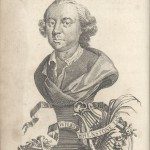 William Shenstone, The Leasowes, and Landscape Gardening
William Shenstone, The Leasowes, and Landscape Gardening
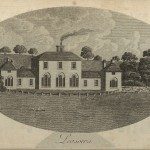 Introduction: William Shenstone and the Leasowes
Introduction: William Shenstone and the Leasowes
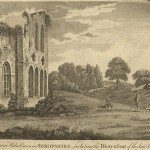 Shenstone’s Early Life
Shenstone’s Early Life
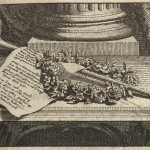 Shenstone, Poetry and Landscape
Shenstone, Poetry and Landscape
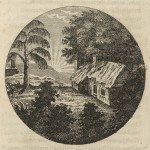 Shenstone, Rural Virtues and the Countryside
Shenstone, Rural Virtues and the Countryside
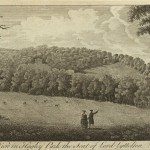 Shenstone and English Landscape Gardening
Shenstone and English Landscape Gardening
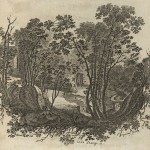 Shenstone and the Creation of the Natural Landscape
Shenstone and the Creation of the Natural Landscape
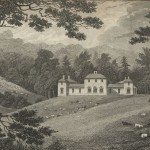 Shenstone, Landscape and Farming
Shenstone, Landscape and Farming
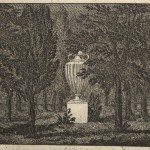 Shenstone’s Embellishments to the Leasowes
Shenstone’s Embellishments to the Leasowes
 The Reputation of the Leasowes
The Reputation of the Leasowes
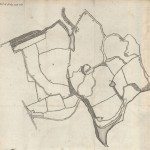 Appreciating the Landscape: Robert Dodsley and the Leasowes
Appreciating the Landscape: Robert Dodsley and the Leasowes
 A “delightful Paradise”: The Leasowes Cult
A “delightful Paradise”: The Leasowes Cult
 “Beauty and Simplicity”: Descriptions of the Leasowes
“Beauty and Simplicity”: Descriptions of the Leasowes
 Shenstone’s Influence
Shenstone’s Influence
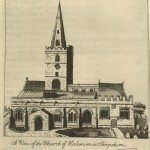 Shenstone and the Locality
Shenstone and the Locality
 Conclusion
Conclusion





